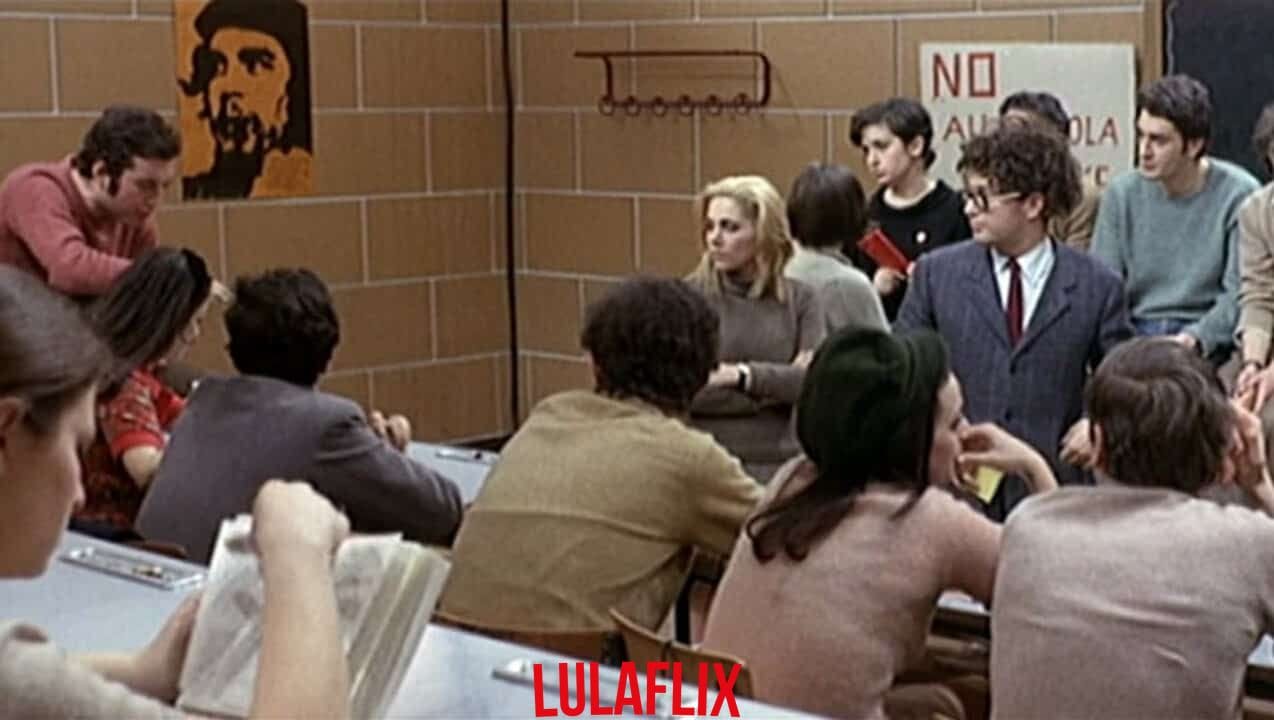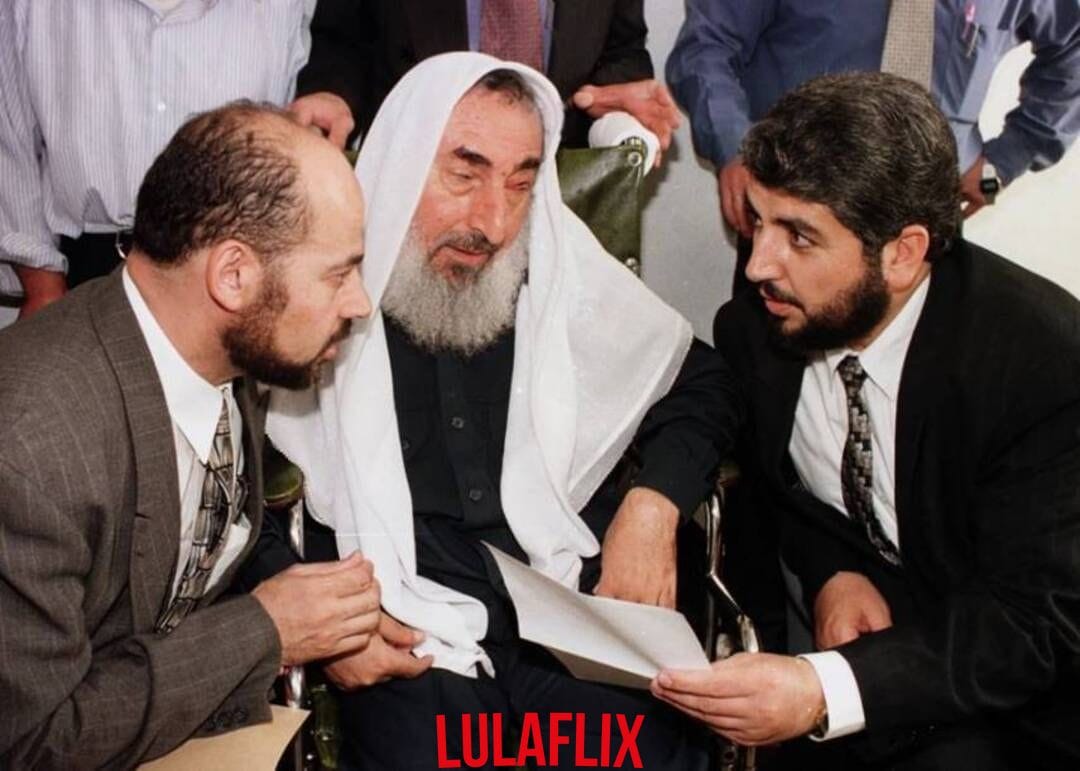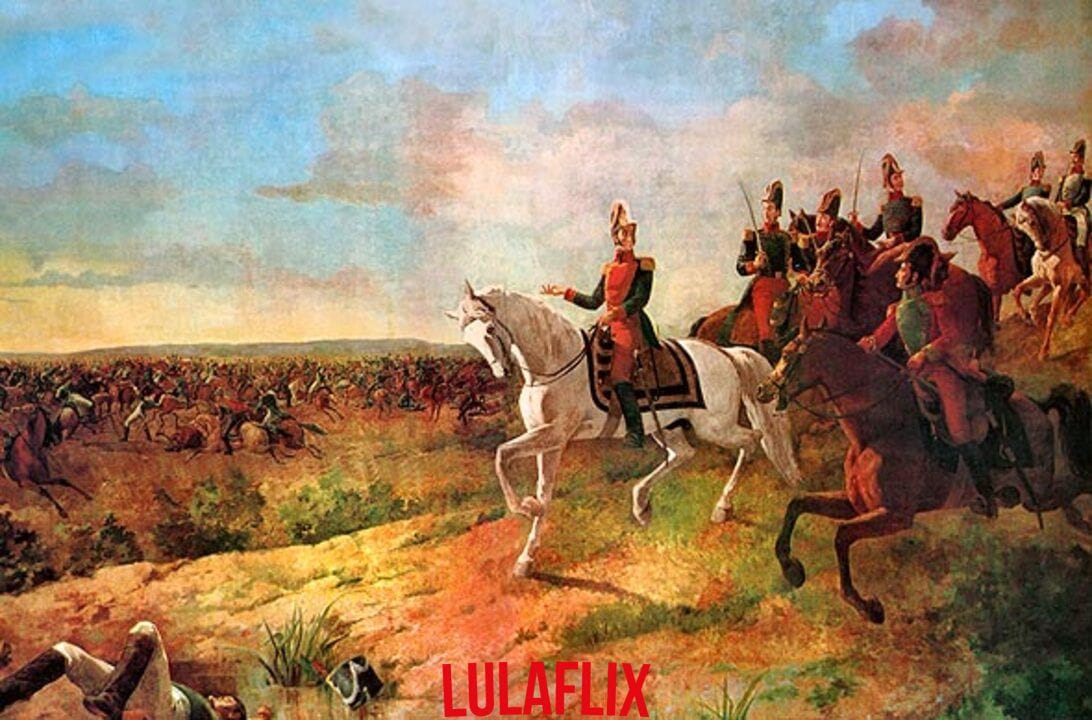Passion and Fury (Amore e Rabbia) is a 1969 Italian film, a cinematic treasure divided into five episodes, each directed by a European filmmaker: Bernardo Bertolucci, Jean-Luc Godard, Carlo Lizzani, Pier Paolo Pasolini, and Marco Bellocchio. Its interest lies in the fact that the filmmakers deliberately created a portrait of the cultural climate of that moment in history and how they grasped the subjective atmosphere within the capitalist structure of the time.
Watching it is like traveling back in time to understand how the filmmakers sought to reflect especially on the post-May 1968, the failure of student movements, and the capitulation of left-wing parties. It also shows how the seeds of what we are living 54 years later were sown.
The film opens with Carlo Lizzani’s episode “Indifference”, a kind of introduction that points to the main theme: capitalist subjectivity. It is set in the United States in a large city. The filmmaker represents the collective reaction of alienation and indifference to suffering in urban situations, such as a car accident or a rape. Timely. The imperialist war in Vietnam, just like the imperialist war in Palestine today, is the context.
Next, we have Bernardo Bertolucci’s thrilling episode “Agony”, which presents the Living Theater, a New York-based left-wing theater group that made history at the time. The actors reenact the last minutes of life of a Catholic bishop in an impressive way.
Then, we have Pier Paolo Pasolini’s “Paper Flower”, a scathing critique of the hippie movement and the slogan “peace and love”. Amidst images of the Vietnam War and the Nazi genocide, the film follows the alienation, superficiality, and childishness of a young Italian man as he walks through the streets of a city. Something that, today, we could associate with the useless role of identity-left and slogans like “love conquers hate”.
Goddard’s episode “Love” is pure irony and is also very current, as it refers to Palestine. A intellectual and petit-bourgeois couple watches a film about an impossible love story between a Israeli bourgeois woman and an Arab worker. In his metalinguistic and self-referential style, Godard criticizes European pseudo-left intellectualism.
Finally, our epilogue is Marco Bellocchio’s film “Let’s Discuss, Let’s Discuss”. If the initial episode shows the problem, the film shows the inability to solve it. It is the staging of a Marxist debate in a university classroom in Italy. The students are the actors themselves, and the tone is farcical.
Bellocchio’s goal is to show the emptiness of the action of students who, as the film points out in a scene, are the children of the bourgeoisie. They discuss, discuss, but are unable to act due to their class condition. Obviously, the university itself, an instrument of the bourgeois state, is counter-revolutionary. Without the necessary conditions for the mobilization of the working class, there is nothing these students can actually do. It is, in the end, their own alienation.
The most absurd thing is to realize that, as they say, something that is bad can always get worse. The complexity of the episode lies in the fact that the dialogues are extremely sharp and coherent. Unfortunately, making a comparison, it is difficult to imagine current students, lost between theoretical books and post-structuralist identity, engaging in a debate as complex and Marxist as this.




